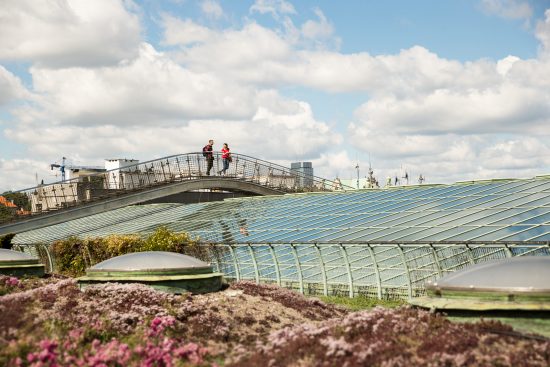The impact of Distributed Energy Resources (such as solar photovoltaics, Electric Vehicles, Energy Management Systems) is still generally discussed in the future tense but for many utilities, especially those with substantial amounts of distributed solar, the impact is happening today. They are changing the way electricity is generated, transmitted, and distributed. They are changing the relationship between utilities and their customers, and they will bring about new opportunities for energy management and aggregation of Demand Management and Distributed Generation Management.
There are many discussions happening in the domain of regulations and public policy, but those discussions need to reflect a solid grounding in the physics of electricity and the control systems that are required to bring about the reliability and availability required by our modern society.

The Department of Energy, through its Office of Electricity, and the National Labs are actively working on the control systems and communication architectures that are required.
It was my privilege to host the webinar Transactive Grid Codes for DER Integration in partnership with:
• Jeffrey Taft, Chief Architect for Electric Grid Transformation at Pacific Northwest National Labs (PNNL)
• Lorenzo Kristov, Principal, Market & Infrastructure Policy at CAISO
• Paul De Martini, Principal, Newport Consulting Group
In the webinar Jeff explains the nature of Grid Codes as the interconnection agreements between DER owners, Aggregators or Energy Service companies, and utilities. Grid Codes address physical and electrical connection, protection and control, and business terms.
Jeff also proposes an architectural approach for Transactional Energy Systems for which Grid Codes can define a plug and play interface for DER.
Although at times a bit technical, I highly recommend you listen in since the topics covered in this webinar are attracting international interest as they provide a sound technical basis for future policy and regulatory decisions.
Listen to the recording (53min) or download it to learn more.
Recording password: TwiNDug5
To get our blogs delivered straight to your inbox:

The Answers are Blowing in the Wind. Distributed Energy Generation (DEG) has arrived and is rapidly reproducing in distribution grids everywhere. Many utilities already report portions of their grids at 50%+ solar, wind or biogas. Large utilities pilot MW storage sites. Policy is updated for 50% renewable energy by 2050. These emerging signposts (DEG sites, pilots, policy) signal the need for more advanced Distributed Generation Management Systems. Thus one-way distribution grids rapidly evolve to multi-directional networks. Per Rick, seasoned tacticians create ready-to-implement plans, projects, control systems and communications based upon these emerging signposts. Bottom Line: when industry visionaries meet, operators pause, listen and take notes.